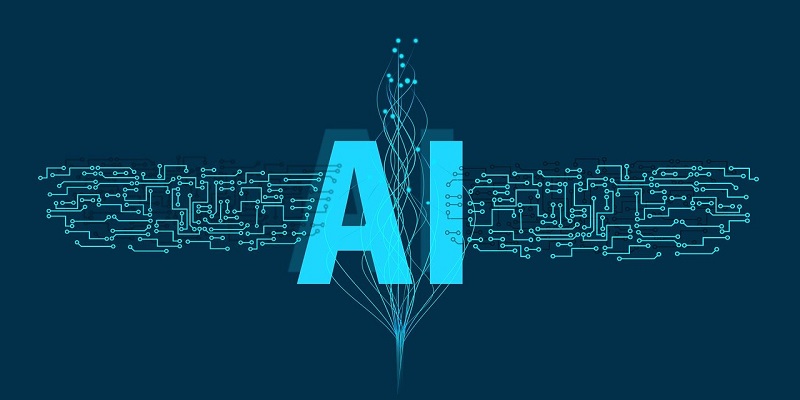The financial services industry heavily relies on clean and uniform customer data. For years, financial institutions have been collecting a massive amount of customer data, creating a vast opportunity for leveraging artificial intelligence (AI) to drive innovation and enhance customer experiences.
The Role of AI in the Financial Services Industry
FICO, a leading analytics software company, has been at the forefront of AI integration in the finance sector for the past two decades. They have utilized machine learning models, generated synthetic data, and applied various AI techniques to gain valuable insights and make informed decisions.
AI-first institutions are utilizing advanced analytics to generate intelligent and highly relevant messages, allowing for tailored communication and superior customer experiences. By providing smart servicing through assisted channels, they enhance customer satisfaction and drive loyalty.
The combination of AI and cloud technology has become a driving force behind digital transformation in the financial services industry. This integration enables seamless data storage, processing, and analysis, leading to enhanced operational efficiency and the delivery of innovative solutions.
Examples of AI Implementation in the Financial Industry
Infosys, a global leader in consulting and information technology services, introduced Topaz, their generative AI solution, earlier this year. Deployed on Amazon Web Services (AWS), Topaz demonstrates how AI can revolutionize financial services by automating processes, enhancing decision-making, and enabling personalized offerings.
Risk management plays a crucial role in the financial industry. AI-driven tools and models help institutions identify, assess, and mitigate potential risks more effectively. By analyzing vast amounts of data and identifying patterns, predictive algorithms can enhance risk assessment accuracy and optimize risk management strategies.
Streamlined Lending Journeys and Prompt Credit Decisions
AI-first banks have pioneered streamlined lending journeys. By extensively automating processes and performing near-real-time analysis of customer data, prompt credit decisions can be made, enabling efficient and personalized lending experiences for customers.
Enhancing Customer Engagement and Support
Banks are increasingly leveraging AI to assist customers in staying on track with their payments and optimizing their financial well-being. By analyzing customer data, AI algorithms can provide personalized assistance and offer proactive solutions to individuals who may be facing financial difficulties, fostering stronger customer relationships.
Personalization and Improved Customer Service through AI-powered Decisions
AI-powered decisions enable banks to provide a highly tailored service experience based on client microsegments. Various channels, including mobile apps, chatbots, and personalized recommendations, can deliver exceptional service with fast, easy, and intuitive interactions, thus significantly improving customer satisfaction.
The impact of AI in the financial services industry is undeniable. From leveraging clean and uniform customer data to revolutionizing risk management, AI has transformed how financial institutions operate. With ongoing advancements and the integration of AI and cloud technology, the potential for innovation and improved customer experiences in the financial sector is limitless. As AI adoption continues to grow, the financial industry will witness increased efficiency, enhanced decision-making, and unparalleled customer service, ultimately driving the sector forward into the future.

